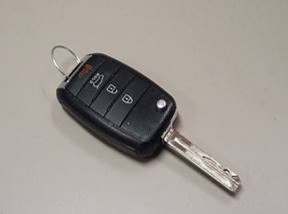Exclusions
This
coverage part's exclusions fall under category A, having to do with
"insureds," and category B, which concerns vehicle ownership,
maintenance, and use.
A. There are a
number of situations that fail to qualify for coverage under the PAP, such as
the following:
1. The Personal Auto
Policy doesn't provide liability protection to insureds that deliberately
injure other persons or property. Because this point sometimes causes
confusion, it's important to examine what is meant by intent.
8. Don’t
look for coverage under the PAP unless you’re operating a covered car in the
belief that you have an insured’s permission.
Note: This
standard is subjective. This means that evaluation of a loss must include
consideration of the operator’s point of view, at least regarding his or her
thoughts on whether the car was operated with an insured’s permission.
|
Example: A friend of an insured borrows a car a second time
during a weekend that the insured is away from home. The insured gave
permission for the first use, but not the second. However, since the friend
can’t get in touch with the insured and as it was okay to use the car before,
she assumes that a second use is okay. If the friend has an at-fault accident
while using the borrowed car, her belief that she had permission should
support coverage being extended to cover the loss.
|
However,
a significant change in circumstances can render a different evaluation.
|

|
Example: Again, let’s use the situation of an insured’s
friend who borrows a car twice during the time that the insured was away for
a weekend. Again, the first time, the friend received permission for the
first use, which was to go on a downtown shopping trip. All of this was with
the insured’s knowledge and permission. The second use is without the
insured’s knowledge or permission but, as it was in the original situation,
the friend can’t get in touch with the insured and as it was okay to use the
car before, she assumes that a second use is okay. However, in this scenario,
rather than using the insured’s SUV for personal use, the friend uses it to
make deliveries for persons who bought furniture from her Secondhand Shop.
|
If the
friend has an at-fault accident while using the borrowed car, her belief that
she had permission might be challenged by an insurer. While the friend’s
assumption that a second personal use might be okay, the assumption might not
hold when the second use is for business. It is possible that coverage for this
situation could be denied.